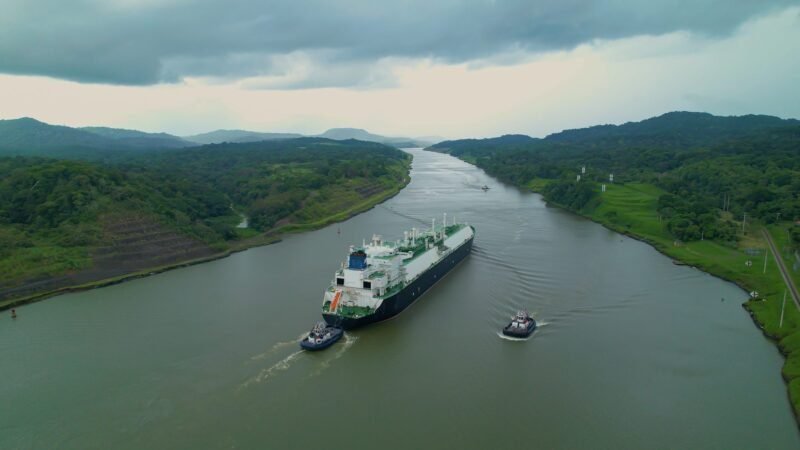A study by research consortium World Weather Attribution found that the El Niño climate phenomenon, rather than climate change, caused lower rainfall in Panama last year. This led to reduced water levels in the Panama Canal, resulting in shipping restrictions that disrupted global trade. Panama experienced its third driest year on record in 2023, with the canal authority limiting the size and number of ships crossing the waterway. The canal accounts for about 5% of global shipping traffic, and at times, over 100 ships were lined up, waiting up to 21 days to pass through.
The spike in demand for the canal came as shipowners sought alternative routes due to attacks by Houthi militants in the Red Sea targeting ships heading towards the Suez Canal. The study suggested that the canal could return to normal operations this year if El Niño ends and the rainy season returns as usual. Water management was also cited as a factor in the water level restrictions, as authorities prioritized drinking water for the population over shipping traffic.
El Niño, a naturally occurring warming in the Eastern Pacific, caused a 26% reduction in rainfall in Panama last year. While El Niño has ended, the US Oceanic and Atmospheric Administration has not declared it over. Water from Lake Gatun, which supplies half of Panama’s population with drinking water, is also used in the canal’s locks, leading to the decision to restrict shipping traffic rather than ration drinking water.


















